Overview
This case study is a good example of an 80 to 100 year old oak stand successfully harvested and regenerated to a mixed hardwood stand with a good oak component through stump sprouting (coppice). Beginning in the mid to late 1980s, Minnesota DNR undertook a strategy of selecting some younger red oak stands in the 80 to 100 year old age range for harvest and regeneration prescriptions, rather than simply selecting only the oldest stands, which tended to be in the 120 plus years of age range. This was done to facilitate oak regeneration through superior sprouting of younger trees. This case study is on one of the 80 to 100 year old stands regenerated in the 1980s.
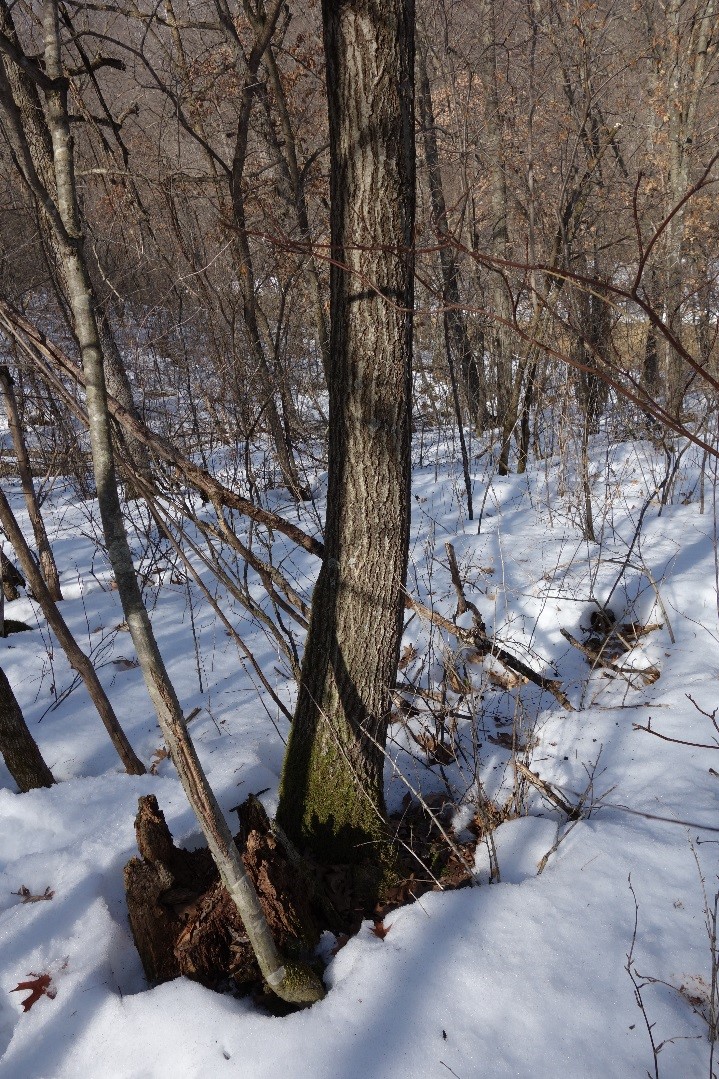
Figure 1: Red oak tree from stump sprout origin
Silviculture Objective(s)
- Regenerate a mature oak stand to a young stand with similar composition
- Maintain and improve wildlife habitat
- Improve timber quality and value
Pre-treatment stand description and condition
Stand establishment and management history:
In 1988, the stand was dominated by mature red oak, along with some bur oak, aspen, paper birch, elm, black cherry and basswood. The red oaks averaged 80 to 100 years old at harvest. Most of the mature oak stands in southeastern Minnesota of that vintage originated after control of regular fires and post European settlement. The stand was part of a privately owned farmstead until the state obtained it in the 1970s. It had a history of use as a woodlot and wooded pasture prior to the state obtaining the property.
Pre-treatment species composition:
Red oak, with average age of 80 to 100 years old was the dominant overstory species in 1988. There was also a modest amount of bur oak, basswood, paper birch, basswood, elm and black cherry scattered through the stand. There were several clumps of aspen in the stand, and there was also one patch of sugar maple, approximately 2 acres in size, located in the south-central part of the stand.
An average of 400 red oak seedlings per acre, less than 1 foot in height were present in the understory.
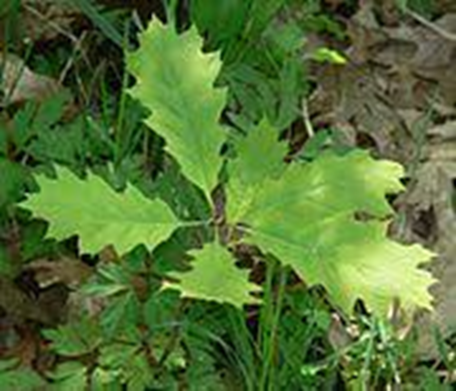
Figure 2: Small red oak seedling in understory
Pre-treatment growth and stocking:
September 1987 timber sale appraisal of volume of merchantable trees with stems >12" DBH:
Red oak sawlogs and veneer 83,000 board feet
Bur and white oak sawlogs 4,000 board feet
Miscellaneous hardwoods 2,000 board feet
Pre-treatment forest health issues:
Nothing of note.
Landowner objectives/situation:
While specific objectives vary from parcel to parcel, lands under the administration of DNR-Forestry are managed in alignment with Section Forest Resource Managment Plans (SFRMP) to ensure that state forest management activities meet statewide goals for ecological protection, timber production, and cultural/recreational values. The DNR assembles teams from the Divisions of Forestry, Fish & Wildlife, and Ecological & Water Resources who work with partners and the public to develop SFRMPs. The SFRMP goal for Minnesota DNR oak forest type acreage at the time of project initiation was to maintain as much of it as possible through regeneration of mature stands.
Site-specific objectives included:
- Regenerate a mature oak stand to a young stand with similar composition
- Maintain and improve wildlife habitat
- Improve timber quality and value
Silviculture Prescription
|
Treatment |
Date |
Description |
Acres Treated |
|
Timber appraisal and regeneration assessment |
Late Summer 1987 |
Timber was appraised for sale, and the stand was assessed to determine a silvicultural strategy. This included a survey of advance regeneration. |
39 |
|
Clearcut with Reserves harvest |
January and February 1988 |
Winter clearcut with reserves harvest. Most bur oak, some healthy red oak 10 to 13" DBH, an aspen clump and the sugar maple patch were reserves |
27 |
|
Post-sale killing of elm and boxelder |
Summer 1988 |
Competing boxelder, ironwood and elm trees were killed by girdling with a chainsaw, and applying Tordon herbicide to the girdle wound. |
27 |
What actually happened during the treatment
The timber sale and post-sale killing of undesirable tree species went as planned.
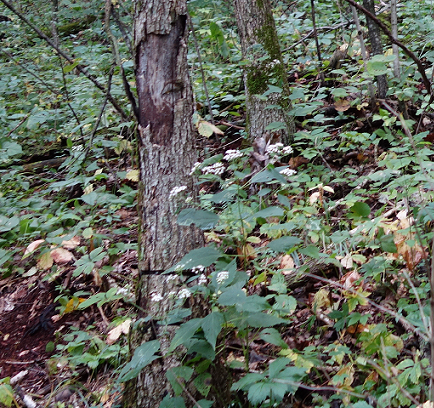
Figure 3: Post-sale killing of undesirable species such as boxelder and elm
Post-treatment assessment
The strategy of selecting some red oak stands in the 80 to 100 year old age range for harvest and regeneration, with a prescription of clearcut with reserves harvest and post-sale killing of undesirable trees was very successful on this site.
The stand in 2019 is a healthy, diverse 30 year old central hardwood forest with a good component of red oak from stump sprout origin.
The timber sale reserves of scattered bur and red oak, an aspen clump and the sugar maple patch are still largely present and healthy.
Overstory
As shown in Table 2 below, the cohort of trees over 5" DBH resulting from the 1988 harvest is dominated by red oak, which has far greater basal area (28.3 ft2/ac) than other tree species. Also, red oak had the greatest frequency (83%) and was well scattered throughout the stand. The red oak is almost entirely from post-harvest sprout origin, and also some healthy residual stems. Virtually none of the red oak originating post-harvest is of seedling origin.
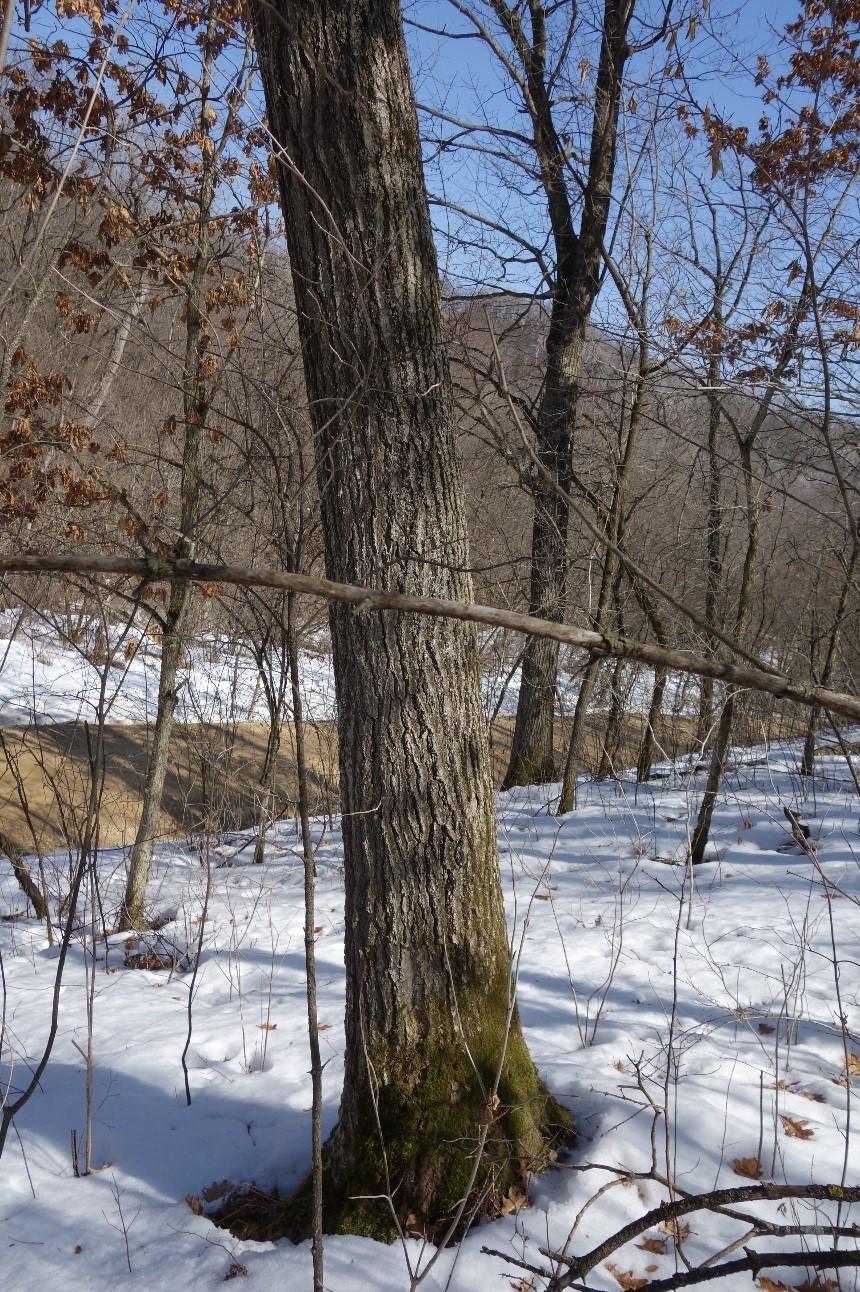
Figure 4: Healthy 18 inch DBH red oak with good form. This tree was a 12 to 13 inch residual stem when the stand was harvested.
Table 2: Total and relative tree basal area of stems > 5” DBH (feet2), and frequency on 10 BAF plots (%) in 2019
|
Species |
BA (ft2/ac) |
Relative BA (%) |
Freq (%) |
|
Red oak |
28.3 |
45% |
83% |
|
Bur oak |
3.0 |
5% |
26% |
|
Sugar maple |
6.5 |
10% |
13% |
|
Black cherry |
2.6 |
4% |
22% |
|
White oak |
2.2 |
3% |
17% |
|
Elm |
5.7 |
9% |
39% |
|
Trembling Aspen |
2.2 |
3% |
9% |
|
Red maple |
0.9 |
1% |
9% |
|
Paper birch |
1.7 |
3% |
17% |
|
Red pine |
0.9 |
1% |
4% |
|
Boxelder |
1.3 |
2% |
9% |
|
Basswood |
0.4 |
1% |
4% |
|
Hackberry |
6.1 |
10% |
39% |
|
Ash |
0.9 |
1% |
9% |
|
Black walnut |
0.9 |
1% |
9% |
|
Total BA |
63.6 |
|
|
Understory
In addition to trees greater than 5" DBH shown above, there is a component of codominant and intermediate crown class oak trees in the 3 to 5" DBH range. This can be seen in table 3 below; These trees should largely survive and be part of the stand moving into the future, especially with the planned crop tree release work.
Table 3: Tree regeneration density in 2019 (ave stems/acre). Regenerants: trees less than 1’ tall; Seedlings: trees less than 1” DBH but taller than 1’; Saplings: trees 1-3” DBH and Small Trees” 3-5” DBH.
|
Regenerants |
seedlings |
saplings |
small trees |
|
|
Red oak |
478 |
|
4 |
13 |
|
Bur oak |
|
|
|
4 |
|
sugar maple |
609 |
43 |
|
9 |
|
basswood |
|
|
30 |
9 |
|
green ash |
|
261 |
|
|
|
trembling aspen |
|
|
|
4 |
|
hackberry |
87 |
217 |
65 |
9 |
|
boxelder |
|
239 |
70 |
22 |
|
Black cherry |
|
261 |
4 |
13 |
|
paper birch |
|
|
|
|
|
elm |
1348 |
1565 |
100 |
39 |
|
red maple |
43 |
43 |
|
|
|
black walnut |
|
43 |
|
|
|
Totals (stems/ac) |
2565 |
2672 |
273 |
122 |
Understory Plants
The understory plants are common plants that occur in MHs38 forests, a mesic hardwood native plant community class that supports a diversity of tree species, shrubs, and ground flora. (For more information on the MHs38 native plant community, refer to supplemental content.) Some of the mesic indicating plants that we found on site include blue cohosh (Caulophyllum thalictroides), large flowered bellwort (Uvularia grandiflora), zigzag goldenrod (Solidago flexicaulis), wild geranium (Geranium maculatum), maidenhair fern (Adiantum pedatum), bloodroot (Sanguinaria canadensis), interrupted fern (Osmunda claytoniana), red baneberry (Actaea rubra), wild ginger (Asarum canadense), spikenard (Aralia racemosa) and hairy solomon’s seal (Polygonatum pubescens). The shrub layer was very diverse and included round leaved dogwood (Corunus rugosa), pagoda dogwood (C. alternifolia), grey dogwood (C. racemosa), wild black currant (Ribes americanum), grape honeysuckle (Lonicera reticulata), wild honesuckle (L. dioica), winterberry (Ilex verticillata), downy arrowwood (Viburnum rafinesquianum), and juneberry (Amelanchier sp.). Other native weedy shrubs and vines like prickly-ash (Zanthoxylum americanum), wild grape (Vitis riparia), boxelder (Acer negundo), and raspberries (Rubus spp.) were common on site too.
Invasive Species
During our vegetation survey, we noted that buckthorn (Rhamnus cathartica) was common throughout the stand. It is common to find buckthorn at these levels in this part of Minnesota. Buckthorn was the only invasive plant we found on site.
Plans for future treatments
Fiscal year 2021 crop tree release and invasive species control. Thereafter, monitor the stand through periodic inventory surveys.
Costs and economic considerations
Costs
Timber sale setup and administration: $ 70/ac (1987 dollars)
Post-sale killing of competing undesirable trees 1988: $ 100/ac (1988 dollars)
TOTAL COSTS: $ 170/ac (1988 dollars)
Revenue
Timber revenue on 29 acre harvest (1988) $ 399/ac on 29 acres (1988 dollars)
TOTAL REVENUE: $ 399/ac (1988 dollars)
Other notes
This case study was reviewed and submitted by MN DNR Silviculture Staff Mike Reinikainen on 06/18/2020. Matt Huseby of the MN DNR ECS Program also reviewed and provided edits 06/2020.
Summer Interns Amelia Knoll and Alex Love gathered and helped to analyze data for this site in the summer of 2019.
Summary / lessons learned / additional thoughts
The strategy of selecting an 80 to 100 year old red oak stand for coppice regeneration methods was successful on this site. The stand in 2019 is a healthy, diverse 30 year old central hardwood forest with a good component of red oak from stump sprout origin.
Very small (less than 1 foot tall) oak seedlings are unlikely to survive and compete with other species. It is worth noting that virtually none of the 400 small (less than one foot tall) natural red oak seedlings per acre present at harvest time survived. While that was not a critical factor on this site due to successful red oak stump sprouting, foresters should be reminded that oak seedlings should be over a foot in height and also have early and regular release from competing vegetation in order to thrive.
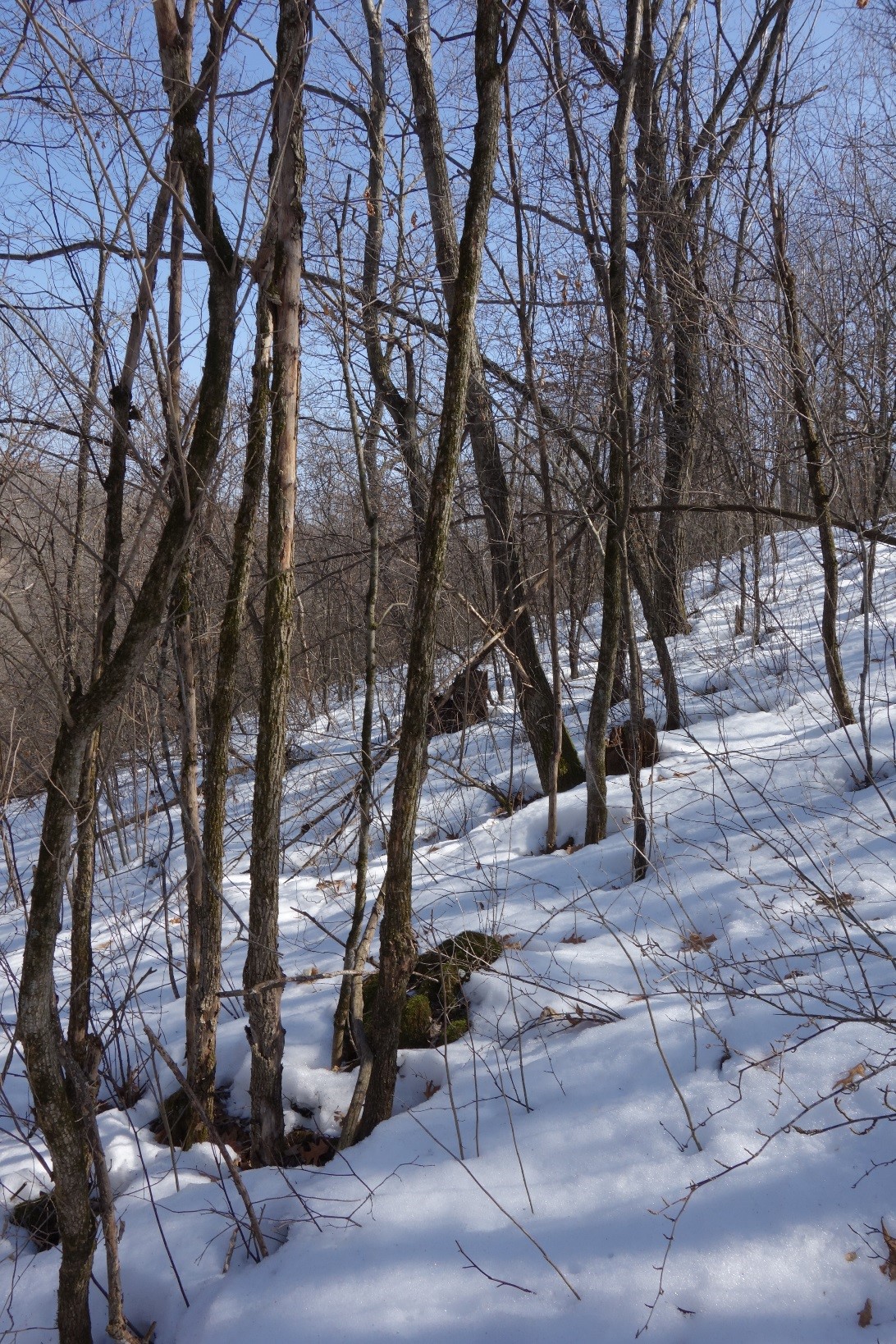
Figure 5: Pole-sized mixed hardwood regeneration, including a red oak from stump sprout origin
Supplemental content
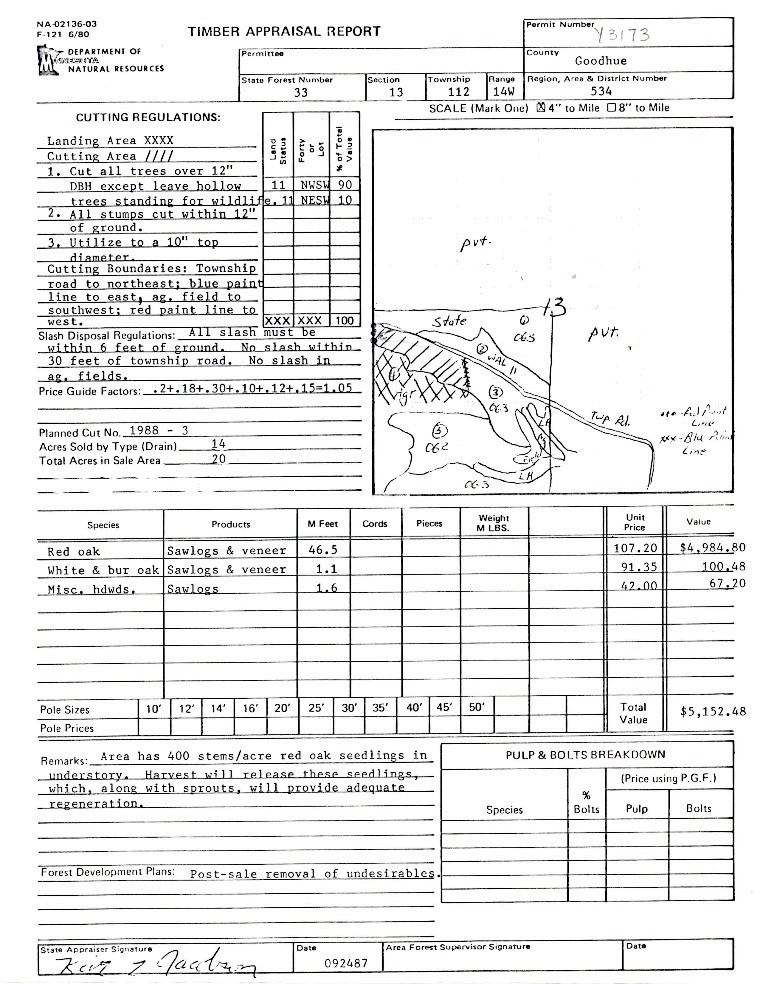
1987 timber sale appraisal for western half of the site.
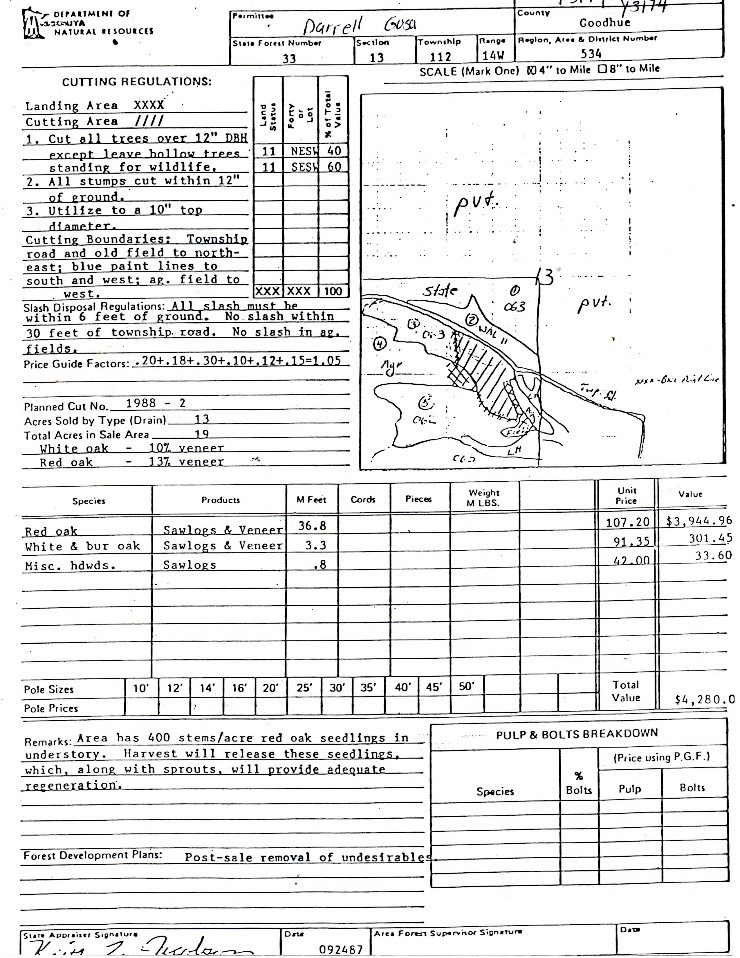
1987 timber sale appraisal for eastern half of the site.
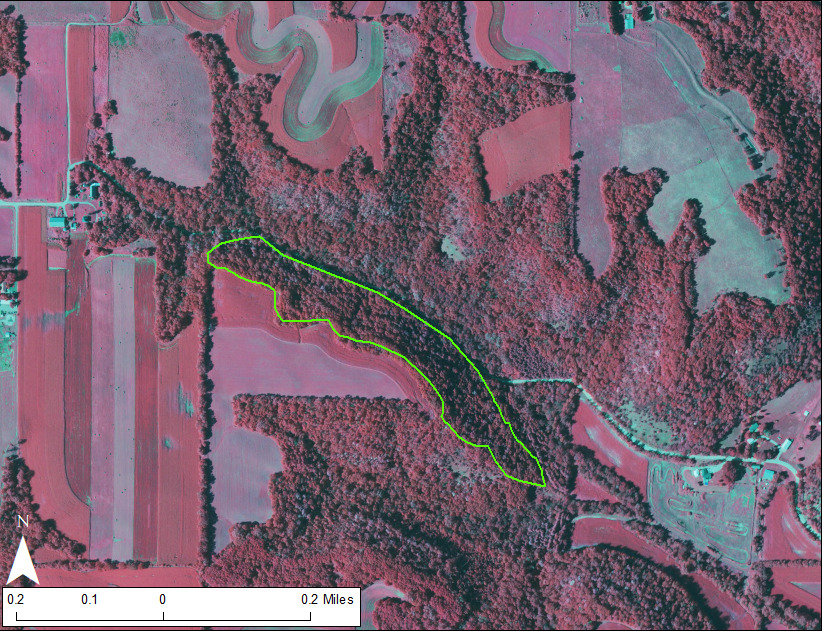
2019 color IR aerial photo with the project area delineated in green.
MHs38 guide.
